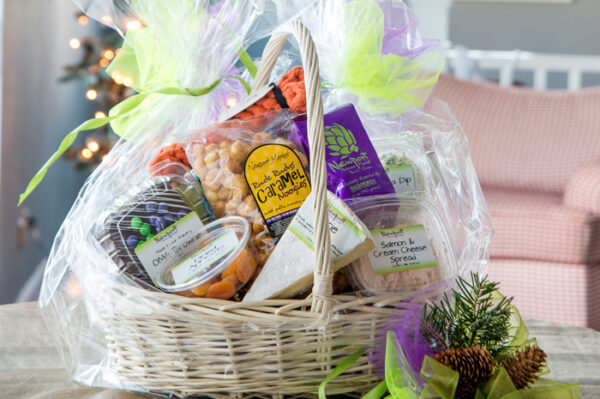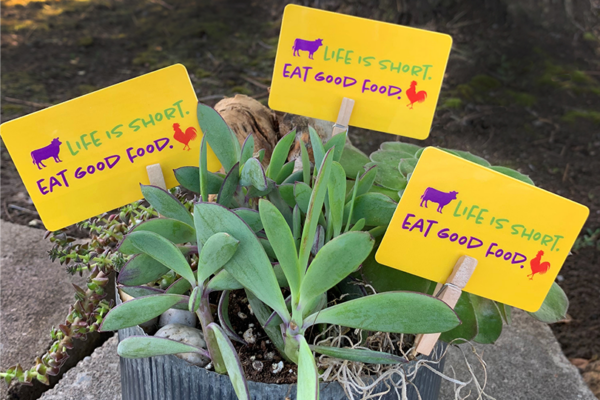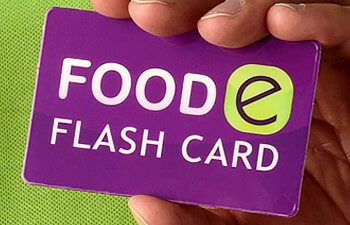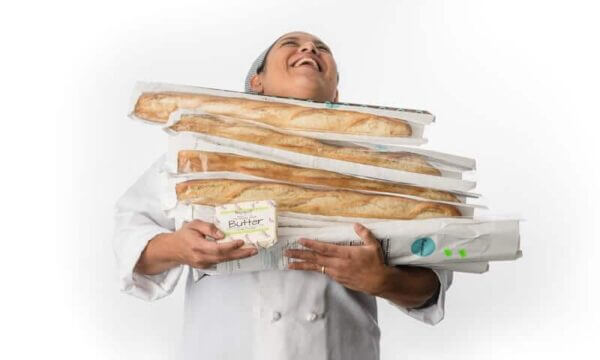Knife
“Be a fearless cook! Try out new ideas and new recipes, but always buy the freshest and finest ingredients, whatever they may be. Furnish your kitchen with the most solid and workmanlike equipment you can find. Keep your knives ever sharp and – toujours bon appetit!”
-Julia Child
Whether you’re itching to be a contestant on “Chopped” or crossing your fingers not to burn the pasta, we have you covered with the latest and greatest gadgets for the kitchen, too. From great linens, cookware (including All-Clad, Le Creuset®, and Emile Henry), dinnerware, and great kitchen accessories, our aisles are lined with a treasure trove of must-haves. This week we are delving into the world of knives!
The right knives will help you prep food with confidence and creativity: you’ll be free of worries about how best to approach a cut. Our list below aims to introduce the most popular types of kitchen knives and the tasks they’re designed to handle in the kitchen. It’s our hope you’ll learn what to and not to include in your knife set.
Chef’s Knife: this is the most important blade in your kitchen. The chef’s knife typically has a broad blade tapering upward to a point, allowing it to rock back and forth for fast mincing. It can be anywhere between 6 and 12 inches long and the size is often chosen with consideration to how big the cook’s hands are. The chef’s knife can be used for almost every cutting task in the kitchen, from cutting chicken to chopping carrots.
Utility Knife: Measuring between 4 and 7 inches in length, the utility knife is usually used for cutting food that is too small for a chef’s knife. It’s not great for chopping or slicing large items, but the narrow blade and small tip allow it to handle tasks such as thinner slicing, trimming, and filleting even better than a chef’s knife.
Kitchen Shears: Though shears are not technically a type of knife, they can be used in place of a knife. Kitchen shears are a pair of scissors with thick and strong blades to handle various food materials. They are useful for snipping herbs, sectioning chicken, preparing shrimp, octopus, and many other cutting tasks.
Boning Knife: The boning knife, as its name suggests, is used for separating meat from the bone, filleting fish, and cutting up meat. Boning knives are typically about 3 to 8 inches in length, with slightly varying blade widths. The blades can be flexible, semi-flexible, or stiff, with stiff blades being the most popular among home cooks since it helps with the precision of the cut.
Bread Knife: Bread knives are used for cutting bread, cakes, and sometimes meat, poultry, and seafood. They are designed in a way that allows you to saw through the bread without pushing down or squishing it. Made to cut large chunks of food, the bread knife belongs to the longer spectrum of kitchen knives. It can be between 7 and 10 inches long. Its blade is narrow and straight, and is always serrated, with big “teeth” down one edge.
Cleaver Knife: A typical cleaver has a full tang, a thick spine, and a very wide blade with little or no belly. This design allows it to cut through bones, meat, and hard and thick materials like squash or pumpkin in a chopping motion. With a wide and heavy blade, the cleaver is also great at crushing garlic!
Paring Knife: If you love making garnishes for your food and drinks, the paring knife is a must-have. A paring knife usually comes with a thin 3 to 4-inch blade with a pointed tip. It can be used for cutting and peeling fruits and veggies, and trimming excess fat with great precision. The most common styles of paring knives include the spear point, sheep’s foot, and bird’s beak, named after the shape of the tip.
Steak Knife: Also called table knives, steak knives are small knives that are used at the table for cooked food. They’re great for steak, chicken, and fish. Steak knives can come with serrated, semi-serrated, or non-serrated edges. Serrated steak knives stay sharp for a longer period without honing or sharpening. Non-serrated knives become dull faster, but they’re also easier to sharpen.
Nakiri bōchō: This is a Japanese-style knife used mostly for cutting vegetables. It features a thin and wide blade with squared-off tips. As it is designed for chopping veggies, the knife has a long straight blade. This allows it to cut long vegetables (eggplants for example) in half with ease. It’s the knife you should use when you want to make thin slices out of cucumber, carrots, or tomatoes.
Fillet Knife: This knife looks very similar to the boning knife but there are subtle differences between the two. Since a boning knife is designed to remove meat from the bone, it tends to be thicker and have better force endurance. Meanwhile, the fillet knife is made to cut thin fish slices and is typically thinner, longer, and more flexible.
Want to keep your knives in tip-top shape? Arlon from Central Oregon Sharpening is a mobile sharpener that is available in our parking lot every Tuesday from 11:00 AM to 3:00 PM. Visit their website here and read on for a little more about this awesome local business.
Central Oregon Sharpening has been around since 2014. They’ve made it a point to cultivate a lifetime of knowledge and take it to the next level by using the most up-to-date professional equipment, and supplying the training to go with it. They are the only local sharpeners who sharpen so many different types of cutting instruments including knives, scissors, grooming shears, paper cutters, serrated knives, chisels, grass and hedge shears, and hand pruners and loppers. They even repair clippers!
They have a completely self-contained vehicle that comes right to your door and performs sharpening services throughout Deschutes County. They provide same-day service and promise a 100% guarantee of their work.









